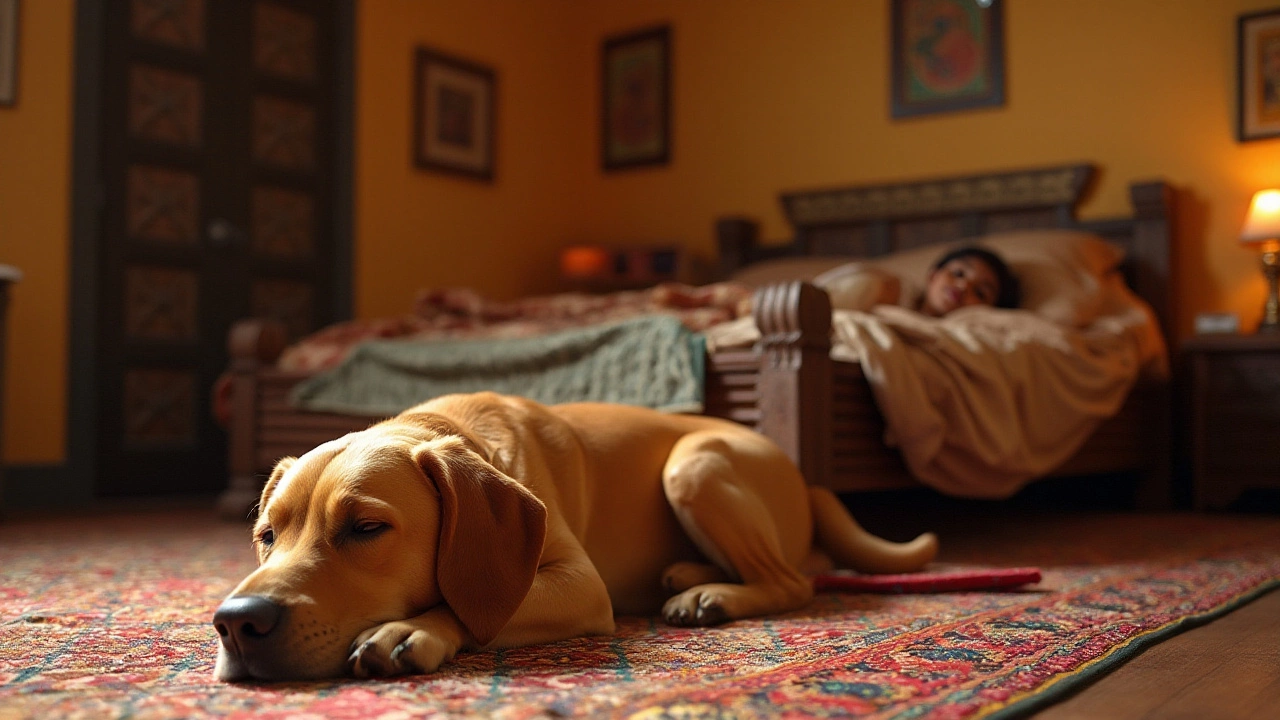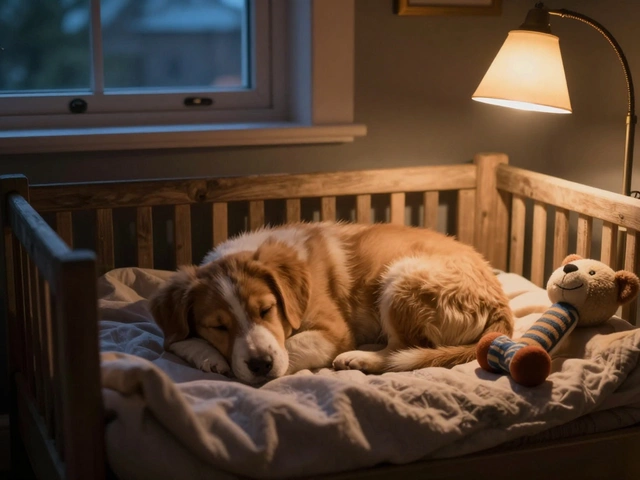Dogs Sleep Alone: How to Make It Easy and Happy
Ever wonder why your dog whines when you leave the room at night? Most pups want to be close to their people, but sleeping alone can be great for their independence and your peace of mind. Below you’ll find simple, real‑world tips that turn a lonely night into a calm, safe sleep for your dog.
Why Some Dogs Hate Sleeping Alone
Dogs are pack animals. When you move away, even just to the next room, they can feel insecure. A lack of familiar smells, sudden silence, or a new bed can all trigger anxiety. Younger dogs, rescued pups, or dogs that have always slept in a crate may be especially sensitive. Understanding the root cause helps you pick the right fix.
Step‑by‑Step Guide to a Solo Sleep Routine
1. Choose the right spot. Pick a quiet corner with a comfortable dog bed. If your dog is used to a crate, leave the crate open as a sleeping den. Adding a worn T‑shirt with your scent can calm nerves instantly.
2. Keep a consistent bedtime. Dogs love routine. Set a regular time for lights out and stick to it. A short walk or play session before bed burns extra energy, making it easier for them to settle.
3. Use a gradual distance method. Start by staying in the same room until your dog falls asleep, then slowly move to the doorway, then the hallway over several nights. This eases the fear of being left alone.
4. Provide low‑level background noise. A white‑noise machine, soft music, or even a fan can mask sudden sounds that might startle your dog. Keep the volume low – you want it soothing, not distracting.
5. Offer a bedtime treat. A small, healthy snack right before sleep can create a positive association with the bed. Make sure it’s something your vet approves.
6. Practice short separations during the day. Let your dog nap in their bed while you’re in another room. Short, frequent practice builds confidence faster than waiting for nighttime.
7. Watch for signs of stress. Excessive panting, pacing, or digging can mean the routine isn’t working yet. If you see these, step back a few days and repeat the earlier steps.
By using these quick fixes you’ll see fewer whines and more relaxed snoozes. Remember, every dog is different, so adjust the pace to fit your pup’s comfort level.
If you need extra help, consider a calm‑down jacket or a pheromone diffuser. Both can make the solo sleep area feel safer without any extra effort on your part.
Sleep alone doesn’t have to be a scary experience for your dog. With a little routine, a cozy spot, and some patience, you’ll both get the rest you deserve.

Do Dogs Prefer Solitary Slumber or Shared Snuggles? Insights on Dog Sleeping Preferences
Dogs, like humans, have their own sleep preferences, which can significantly impact their comfort and well-being. While some dogs enjoy having their personal sleeping space, others may prefer the company of their human or another pet companion. This article explores the factors influencing a dog's sleep choices, the importance of providing the right type of bed, and tips for ensuring a restful night's sleep for your furry friend. Understanding your dog's needs can lead to a happier, healthier life together.
read more



